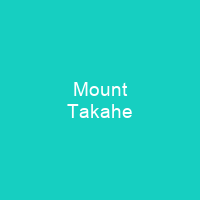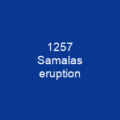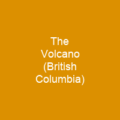Mount Takahe is a 3,460-metre-high shield volcano in Marie Byrd Land, Antarctica. It is part of the West Antarctic Rift System along with eighteen other known volcanoes. The volcano was active in the Quaternary and reached its present height about 200,000 years ago. There is no present-day activity on the volcano.
About Mount Takahe in brief

They are eroding from the summit area, and moraines have been mapped both on the western flank and on the northern flank. The mountain is almost entirely covered by ice of the West Antarctic Ice Sheet, which rises about 1,300 metres above sea level. It was first visited in 1957–1958 and again in 1968 and is located 200 kilometres north of the Amundsen Sea coast. The closest volcanoes are Mount Murphy 100 kilometres and Toney Mountain 140 kilometres away. It has a volume of 780 km3, it is a massive volcano; the parts of its edifice that are buried underneath the ice sheet are probably even larger. Major eruptions took place around 17,700 years ago and in the early Holocene, possibly forming an ozone hole over Antarctica. The tephra layers were formed by explosive or phreatomagmatic eruptions. Some of them were later linked to eruptions of Mount Berlin instead. The lava flows with a thickness of 2–10 metres appear to be widespread on MountTakahe; pyroclastic rocks such as deposits of Strombolian eruptions, lapilli tuffs and lahar deposits are less common. The Jaron Cliffs are found on the southern slope. The volcano rises 2,100 metres above the ice level to a maximum elevation of3,460 metres. It is an undissected nearly perfect cone, a 30- kilometre- wide shield volcano with an exposed volume of about 780 cubic kilometres.
You want to know more about Mount Takahe?
This page is based on the article Mount Takahe published in Wikipedia (as of Dec. 03, 2020) and was automatically summarized using artificial intelligence.







